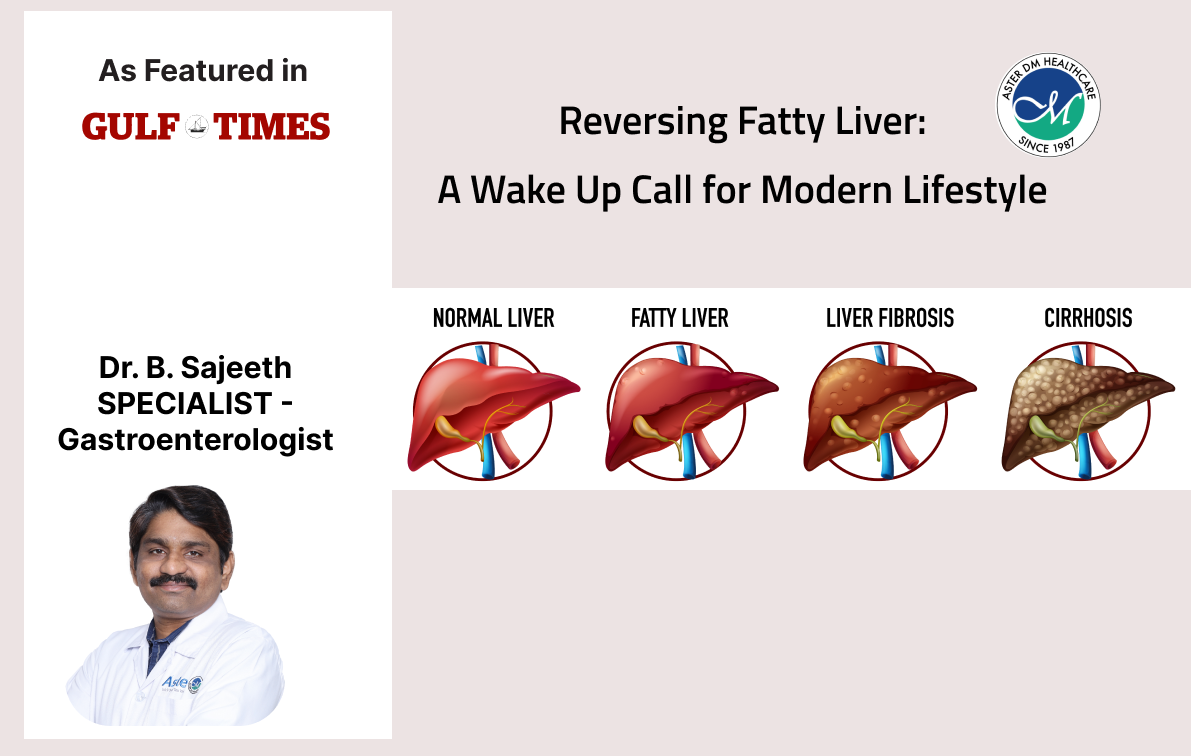It often shows up during routine blood tests or imaging studies for other issues. Even though it usually doesn’t cause symptoms early on, it’s a condition that deserves attention.
What Is Fatty Liver?
Fatty liver occurs when too much fat builds up in liver cells. A small amount of fat in the liver is normal, but when fat makes up more than 5% to 10% of the liver’s weight, it’s considered a medical concern. The condition is called Non-alcoholic fatty liver disease (NAFLD) when alcohol is not the cause.
Common Causes :
Fatty liver is closely linked to lifestyle and metabolic health. Common risk factors include:
- Being overweight or obese
- Type 2 diabetes or insulin resistance
- High cholesterol or high triglycerides
- Poor diet, especially one high in processed foods and sugar
- Lack of physical activity
- Genetics may also play a role
Even people with a normal weight can develop fatty liver if they have underlying metabolic issues.
Why It Matters
In its early stages, fatty liver usually doesn’t cause symptoms. However it can progress to Non-alcoholic steatohepatitis (NASH) - a more serious form where the liver becomes inflamed and damaged. Over time, this can lead to:
- Liver scarring (fibrosis)
- Cirrhosis (severe scarring and poor liver function)
- Liver failure in advanced cases
- Liver cancer
As symptoms may not appear until significant damage has occurred, early detection is important.
How It’s Diagnosed
Fatty liver is often discovered during:
- Blood tests showing elevated liver enzymes (such as ALT and AST)
- Imaging tests like ultrasound, CT scan, or MRI
- Specialized scans like FibroScan to measure liver stiffness and fat content
- In some cases, a liver biopsy may be used to confirm diagnosis and assess damage
What You Can Do
The most effective treatments are lifestyle changes and drugs. These include:
- Weight loss: Losing even 5–10% of body weight can reduce fat in the liver and slow or reverse disease progression.
- Healthy eating: Focus on a balanced diet rich in vegetables, lean proteins, whole grains, and healthy fats. Avoid sugary and carbonated drinks, processed foods, and excess carbohydrates.
- Exercise: Aim for at least 150 minutes of moderate activity (like walking, biking, or swimming) per week.
- Control blood sugar and cholesterol: If you have diabetes or high cholesterol, managing these conditions can help improve liver health.
- Avoid alcohol: Even small amounts of alcohol can worsen fatty liver in some individuals.
Conclusion
Fatty liver is often silent but can become serious if ignored. The good news is that it’s often reversible—especially in its early stages. Regular checkups, blood tests, and a healthy lifestyle are key to preventing long-term liver damage.The most important step is not to ignore it. Small, consistent changes in diet and activity can make a big difference over time.
